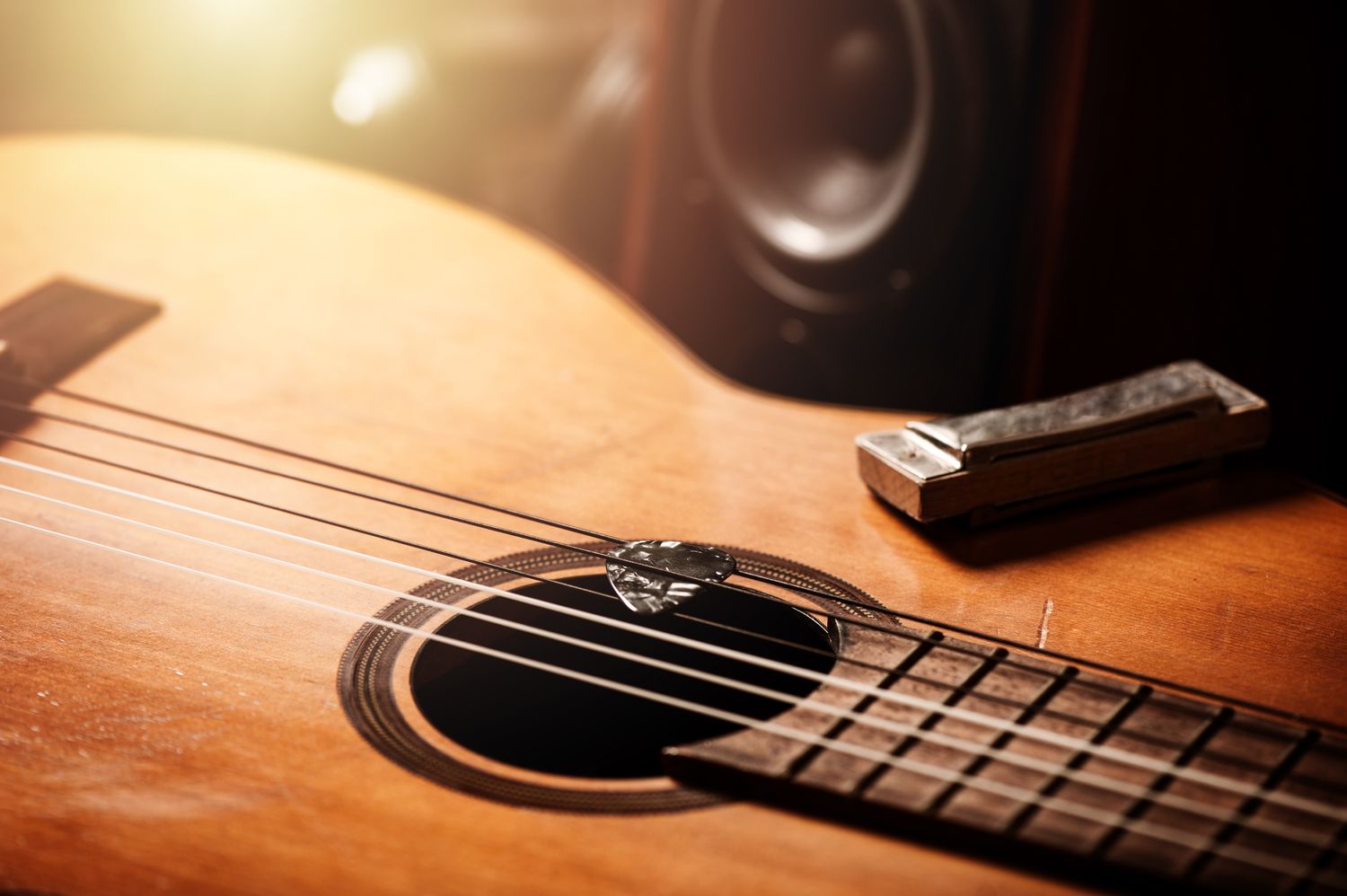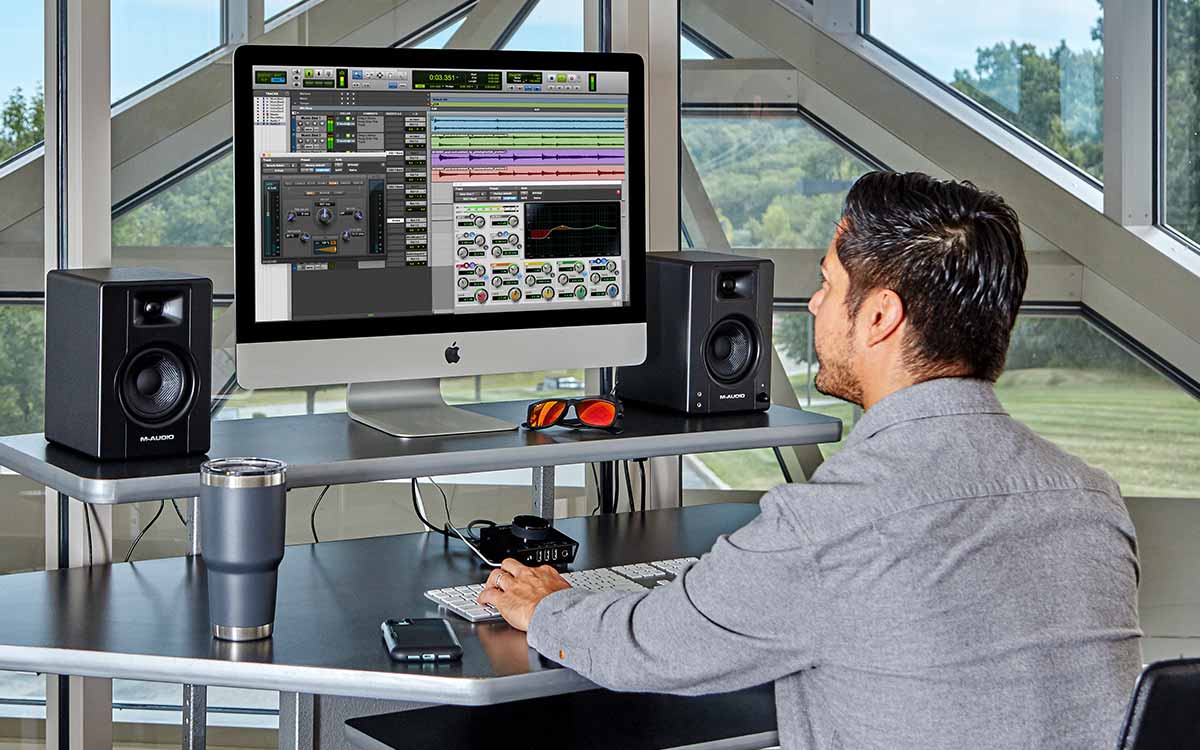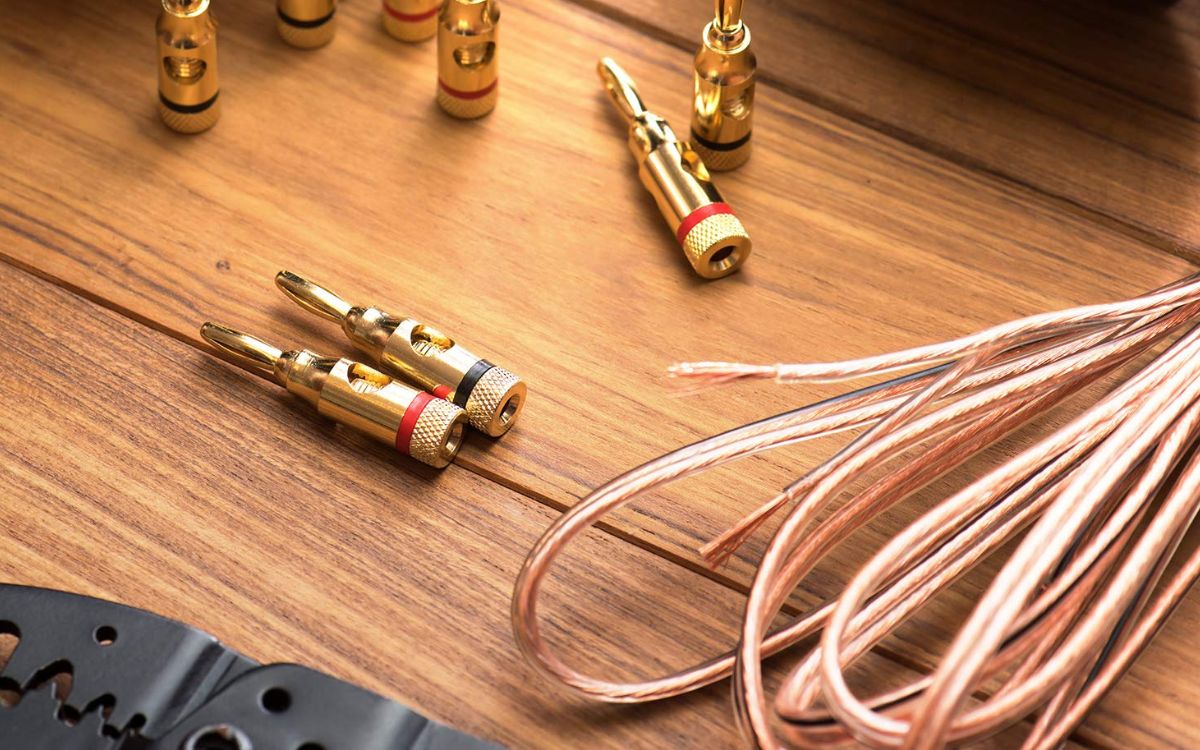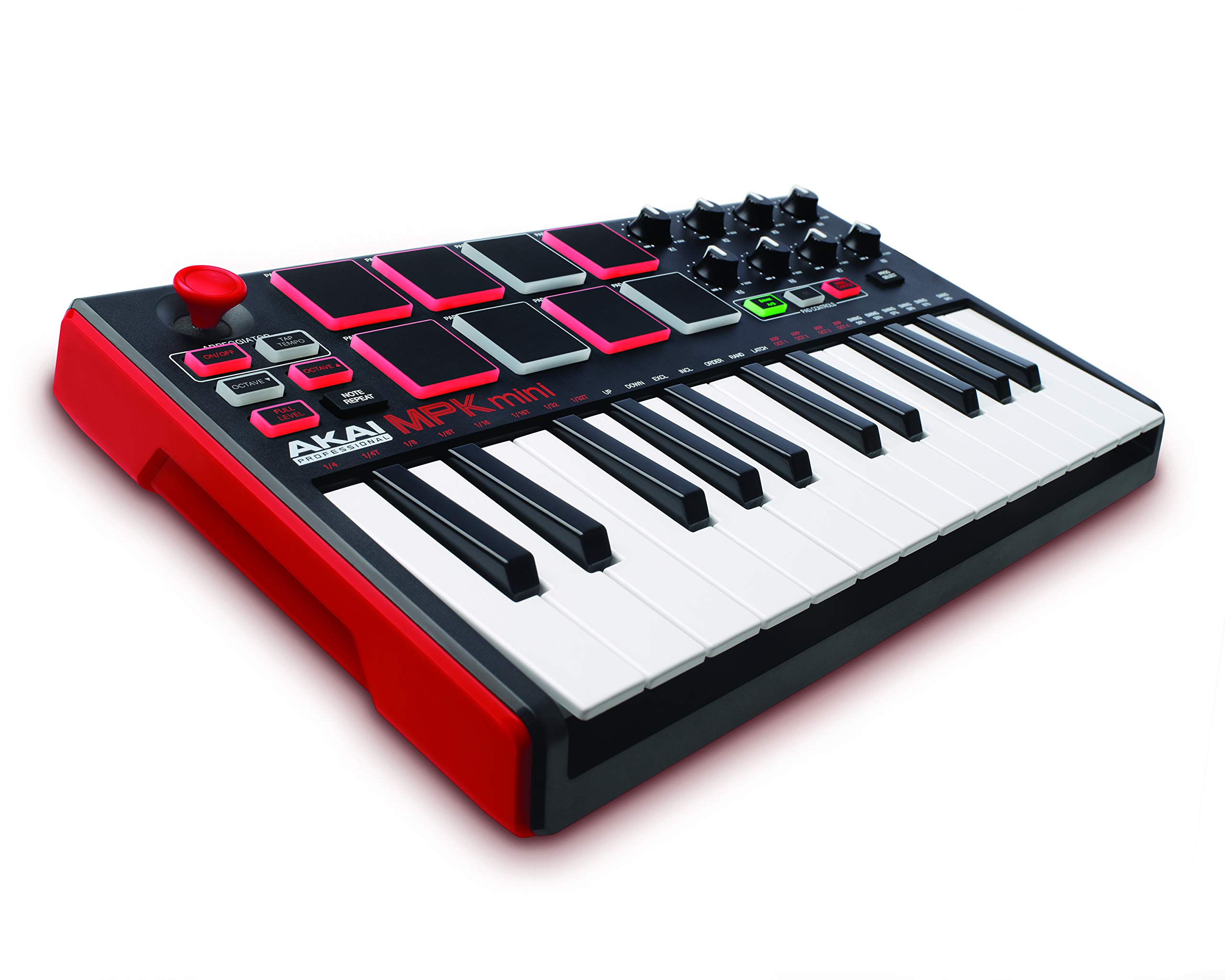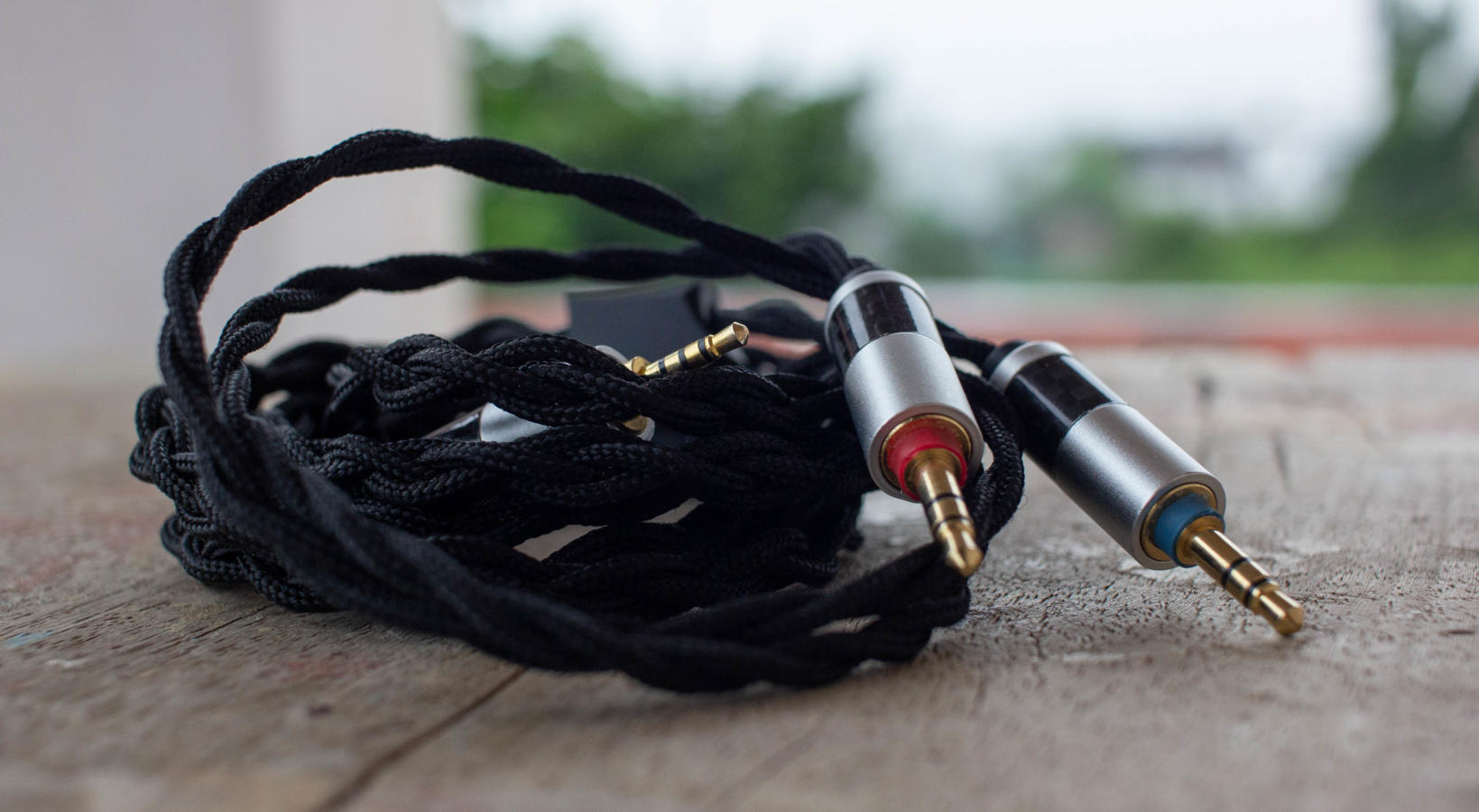Home>Production & Technology>Stereo>What Size Is A Stereo Mini Plug
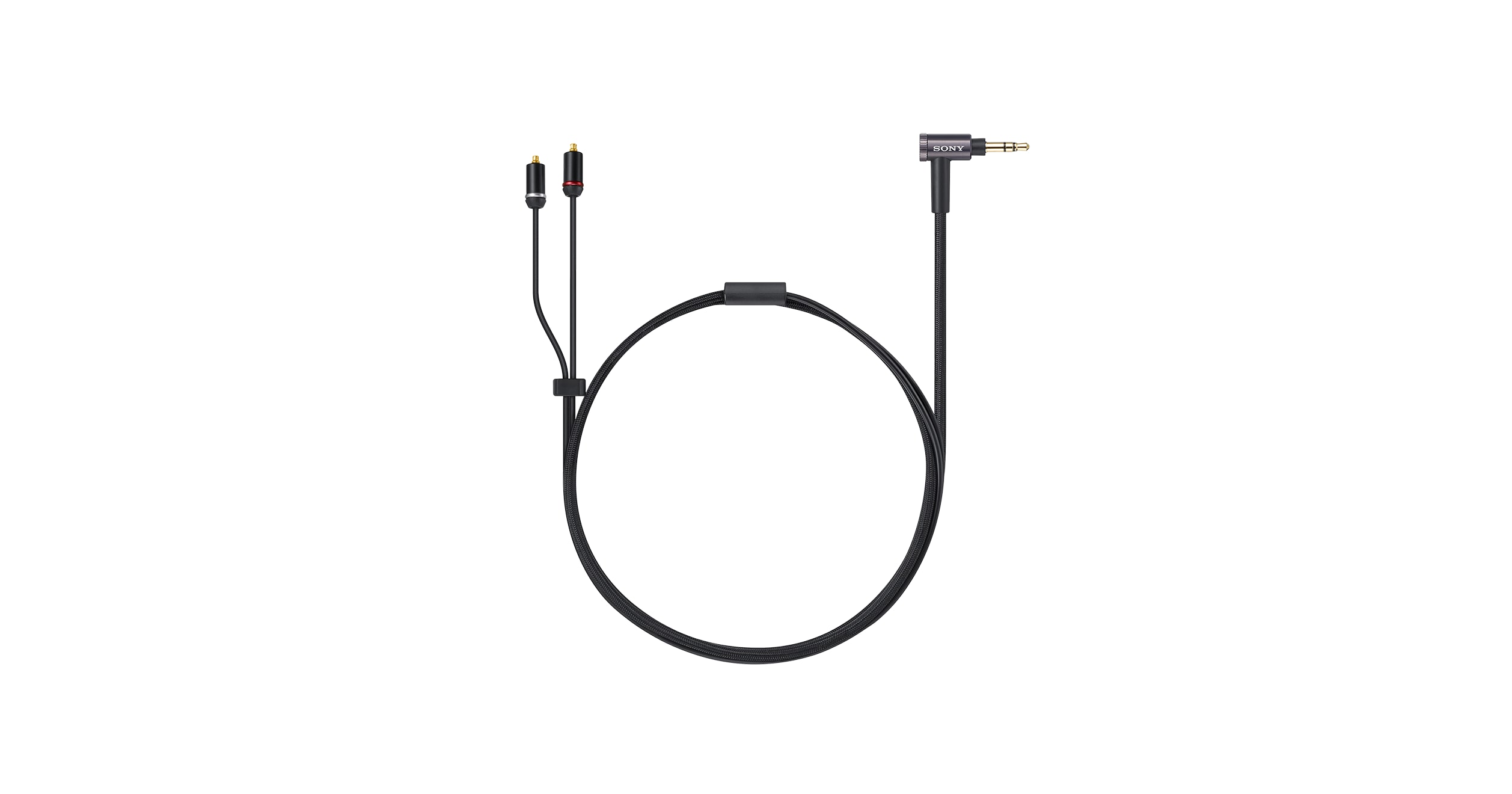

Stereo
What Size Is A Stereo Mini Plug
Modified: March 7, 2024
Learn about the size of a stereo mini plug and how it connects to your devices. Discover the dimensions and compatibility of this essential audio connector.
(Many of the links in this article redirect to a specific reviewed product. Your purchase of these products through affiliate links helps to generate commission for AudioLover.com, at no extra cost. Learn more)
Table of Contents
Introduction
The stereo mini plug, also known as the headphone jack or 3.5mm audio jack, is a commonly used audio connector found in many devices such as smartphones, laptops, tablets, MP3 players, and audio equipment. It plays a crucial role in connecting audio devices to headphones, speakers, amplifiers, and other sound systems.
In today’s digital age, where music and audio content are an integral part of our lives, it is essential to understand the stereo mini plug and its various aspects. Whether you are a music enthusiast, a tech-savvy individual, or simply curious about audio technology, this article will provide you with a comprehensive overview of the stereo mini plug.
Throughout this article, we will delve into the standard size of the stereo mini plug, common uses of this connector, alternative names it goes by, compatibility with different devices, and more. By the end, you will have a solid understanding of what the stereo mini plug is and how it functions.
Understanding the Stereo Mini Plug
The stereo mini plug is a small, cylindrical connector that allows for the transfer of audio signals between devices. It consists of a metal sleeve, a tip, and one or more rings, which are used to separate the audio channels. The design of the plug ensures a secure connection and helps prevent audio signal interference.
One key feature of the stereo mini plug is its compatibility with stereo audio signals. This means that it can transmit audio in two channels – left and right – creating a more immersive and realistic sound experience. This is particularly important when listening to music, watching movies, or playing video games, as stereo sound enhances the overall audio quality and depth.
It’s important to note that not all devices have a stereo output. Some devices may only have a mono (single channel) audio output, in which case the stereo mini plug can still be used, but the audio will only be in mono.
When inserting the stereo mini plug into a device, it is essential to ensure a proper fit. The plug should be inserted fully into the audio jack until it clicks into place. This ensures a stable connection and optimal audio performance. If the plug is not inserted properly, you may experience distorted sound or no audio output at all.
Furthermore, the stereo mini plug is designed to be both durable and versatile. It can withstand repeated plug-in and plug-out cycles without deteriorating in quality. Additionally, it can be used with a wide range of devices, including but not limited to smartphones, tablets, laptops, audio players, and even some car stereo systems.
Overall, the stereo mini plug is a simple yet powerful audio connector that has become a standard in the industry. Its compatibility with stereo audio signals, ease of use, and versatility make it a popular choice for connecting audio devices to headphones, speakers, and other sound systems.
Standard Size of a Stereo Mini Plug
The standard size of a stereo mini plug refers to the physical dimensions of the connector. It is commonly referred to as a 3.5mm audio jack due to its diameter, which measures 3.5 millimeters or approximately 1/8 inch.
This compact size allows the stereo mini plug to be used in a wide range of devices without taking up much space. From portable music players to professional audio equipment, the 3.5mm audio jack has become the go-to connector for audio connectivity.
The small form factor of the stereo mini plug also contributes to its widespread adoption. It allows for a slim profile design in many consumer electronics, making devices more portable and lightweight. This makes it easier to carry and use headphones or other audio devices on the go.
When it comes to the dimensions of the stereo mini plug, it is essential to consider not only the size of the connector itself but also the length of the plug. The length of the plug can vary depending on the device and manufacturer, but it typically ranges from 10 to 17 millimeters.
However, it is worth mentioning that while the 3.5mm audio jack is the standard size for most consumer devices, there are also smaller variations available. For example, some smartphones and tablets may use a 2.5mm audio jack, while some professional audio equipment may have a larger quarter-inch (6.35mm) jack.
It’s important to ensure that the device and audio equipment you are connecting are compatible in terms of the size of the stereo mini plug. Using an incompatible size can lead to connection issues and compromised audio quality.
In summary, the standard size of a stereo mini plug is 3.5mm, making it a versatile connector for audio devices. Its compact size and widespread compatibility have made it the industry standard for audio connectivity, providing convenience and ease of use for consumers.
Common Uses of the Stereo Mini Plug
The stereo mini plug is a versatile audio connector that finds numerous applications in everyday life. Let’s explore some of the common uses of this popular connector:
- Headphones and Earphones: One of the most common uses of the stereo mini plug is to connect headphones and earphones to devices such as smartphones, laptops, and MP3 players. The 3.5mm audio jack allows users to enjoy their favorite music, podcasts, and audiobooks privately, without disturbing those around them.
- Speakers: The stereo mini plug is also used to connect speakers to audio sources. Whether it’s computer speakers, portable speakers, or even car audio systems, the 3.5mm audio jack enables seamless audio playback from various devices.
- Home Theater Systems: Many home theater systems and AV receivers feature a stereo mini plug as an input option. This allows users to connect devices like Blu-ray players, gaming consoles, or streaming devices and enjoy high-quality audio through their home theater setup.
- Auxiliary Inputs in Cars: The stereo mini plug is commonly used in cars to connect devices to the auxiliary input of the car stereo system. This enables passengers to play their favorite music from their smartphones or portable audio players directly through the car’s speakers.
- Recording and Professional Audio Equipment: The stereo mini plug is utilized in professional audio settings as well. It can be used to connect microphones, musical instruments, and audio interfaces to recording equipment, mixers, or amplifiers.
Furthermore, the stereo mini plug is often found in audio adapters and extension cables, allowing for easy connectivity and flexibility in various setups. These adapters can convert the stereo mini plug into different formats, such as RCA or quarter-inch jacks, expanding its compatibility with a wider range of audio devices.
Overall, the stereo mini plug serves as a universal audio connector, enabling seamless and convenient connections between devices and audio equipment. Its widespread use in headphones, speakers, cars, and professional audio setups makes it an essential component in the world of audio technology.
Other Names for the Stereo Mini Plug
The stereo mini plug is known by various names in different regions and industries. These alternative names often refer to the same connector but may have slight variations in terminology. Here are some common alternative names for the stereo mini plug:
- Headphone Jack: This is perhaps the most widely used name for the stereo mini plug. It is called a headphone jack because it is primarily used to connect headphones or earphones to audio devices. The name emphasizes its role in delivering audio output for personal listening.
- 3.5mm Audio Jack: This name refers to the size of the stereo mini plug. The 3.5mm audio jack designation is based on the diameter of the plug’s connector, which measures 3.5 millimeters. This name is often used in technical specifications or when referring to the physical dimensions of the connector.
- Auxiliary Port: The stereo mini plug is commonly referred to as an auxiliary port, or simply AUX port, due to its common use as an auxiliary input/output port. This name is commonly used in car audio systems or when connecting external audio sources to other devices.
- Earphone Socket: In some regions, particularly in Europe and Asia, the stereo mini plug is referred to as an earphone socket. This name emphasizes the primary use of the connector as a connection point for earphones or headphones.
- TRS Connector: TRS stands for “Tip, Ring, Sleeve,” which describes the three sections of the stereo mini plug. The tip carries the left audio channel, the ring carries the right audio channel, and the sleeve is the ground connection. The TRS connector name is commonly used in professional audio settings.
It’s important to note that while these alternative names may have minor variations, they all refer to the same type of connector: the stereo mini plug. Regardless of the name used, the functionality and compatibility of the connector remain the same.
Ultimately, the purpose of these alternative names is to describe and identify the stereo mini plug in different contexts or based on its specific usage. Whether you call it a headphone jack, 3.5mm audio jack, or any other name, this versatile connector plays a crucial role in connecting audio devices and delivering high-quality sound.
Compatibility of the Stereo Mini Plug
The stereo mini plug, with its wide adoption and standard size, boasts extensive compatibility across a variety of devices and audio equipment. Let’s explore the compatibility of this versatile connector:
Smartphones and Tablets: The stereo mini plug is compatible with most smartphones and tablets, regardless of the operating system. Whether you have an iPhone, Android device, or Windows phone, you can connect your headphones or external speakers using the standard 3.5mm audio jack.
Laptops and Computers: The stereo mini plug is commonly found in laptops and computers, making it easy to connect headphones, speakers, or external audio devices. This compatibility extends to both Windows and Mac systems.
MP3 Players and Portable Audio Devices: Many portable audio devices such as MP3 players, iPods, and handheld game consoles also incorporate the stereo mini plug. This allows for easy connection to headphones or external speakers while on the go.
Audio Equipment and Home Theater Systems: From stereo systems and home theater receivers to amplifiers and mixers, the stereo mini plug is compatible with a broad range of audio equipment. You can connect your audio sources and enjoy high-quality audio output through speakers or headphones.
Car Stereos and Auxiliary Inputs: Car stereos often feature an auxiliary input with a stereo mini plug connection. This allows you to connect your portable audio devices or smartphones and listen to your favorite music while on the road.
Professional Audio Equipment: The compatibility of the stereo mini plug extends to professional audio equipment as well. Whether you are a musician, sound engineer, or content creator, you can use the stereo mini plug to connect microphones, musical instruments, and audio interfaces to recording equipment or mixers.
While the 3.5mm audio jack is the standard size, it’s important to note that not all devices may have this specific audio jack. Some smartphones and laptops have transitioned to using alternative connections, such as USB-C or Lightning ports, which may require an adapter or specialized cable for compatibility with the stereo mini plug.
Overall, the stereo mini plug offers extensive compatibility with a wide range of devices and audio equipment, making it a versatile connector for audio connectivity and providing users with the convenience of seamless audio connection and playback.
Conclusion
The stereo mini plug, also known as the headphone jack or 3.5mm audio jack, is a fundamental connector used in a wide range of audio devices and equipment. Its compact size, versatility, and compatibility make it an essential component in the world of audio technology.
Throughout this article, we have explored the various aspects of the stereo mini plug, including its standard size, common uses, alternative names, and compatibility. Understanding these key elements helps us appreciate the role this connector plays in delivering high-quality audio experiences.
From connecting headphones and speakers to smartphones, laptops, and MP3 players, to integrating with home theater systems, car stereos, and even professional audio setups, the stereo mini plug proves to be a universal audio connector. Its easy-to-use design and widespread adoption have made it a go-to choice for audio connectivity among consumers and professionals alike.
As technology continues to evolve, we may witness shifts in audio connectivity, such as the emergence of wireless audio solutions or the use of alternative connection ports. However, the stereo mini plug remains a reliable and widely used connector, providing seamless audio transfer and convenience in various settings.
In conclusion, the stereo mini plug holds a significant place in the world of audio technology. Its compatibility, durability, and ease of use continue to make it a vital component of our daily audio experiences. So, the next time you connect your headphones or speakers, remember the humble yet powerful stereo mini plug that enables you to enjoy immersive sound wherever you go.


